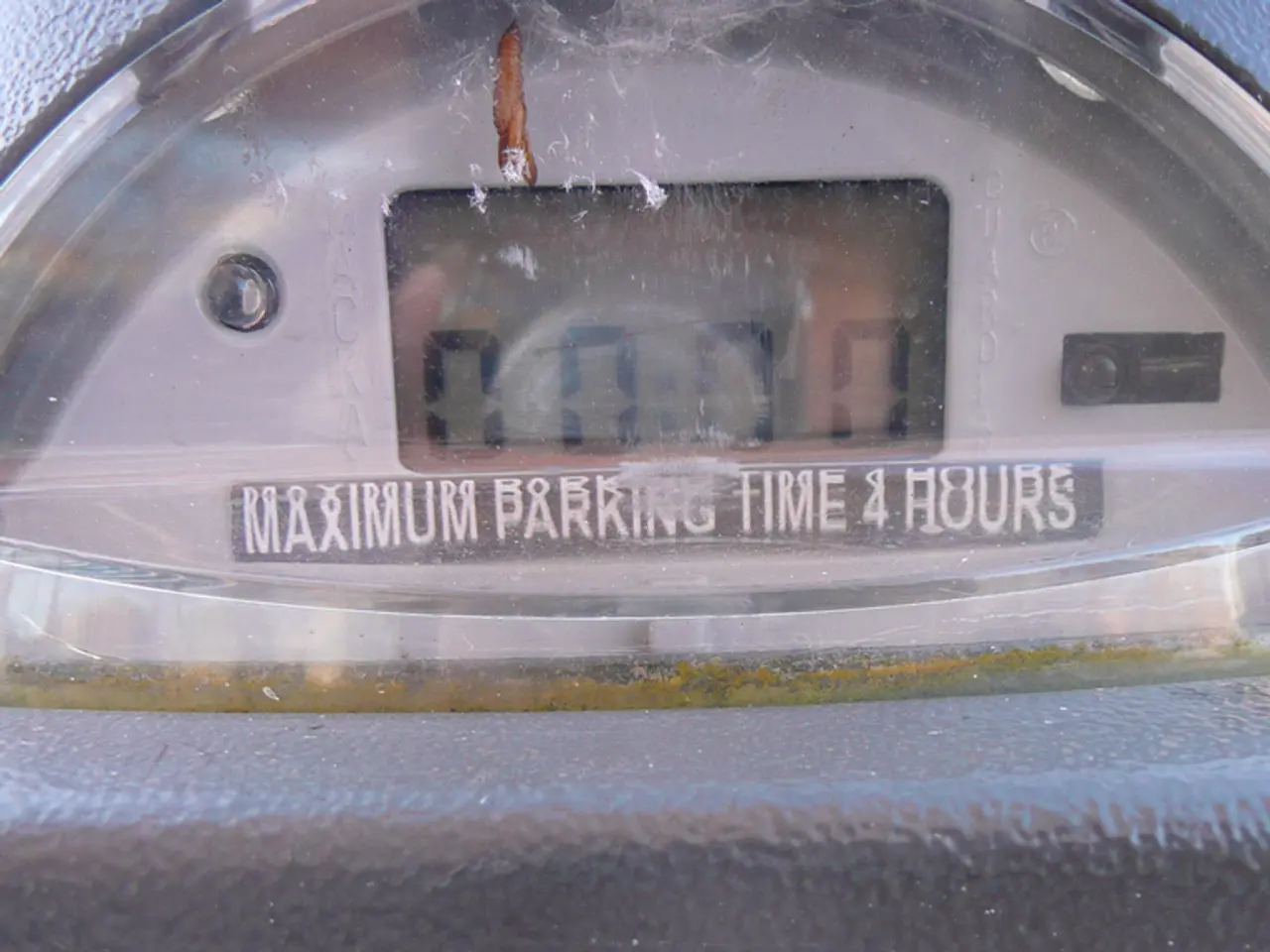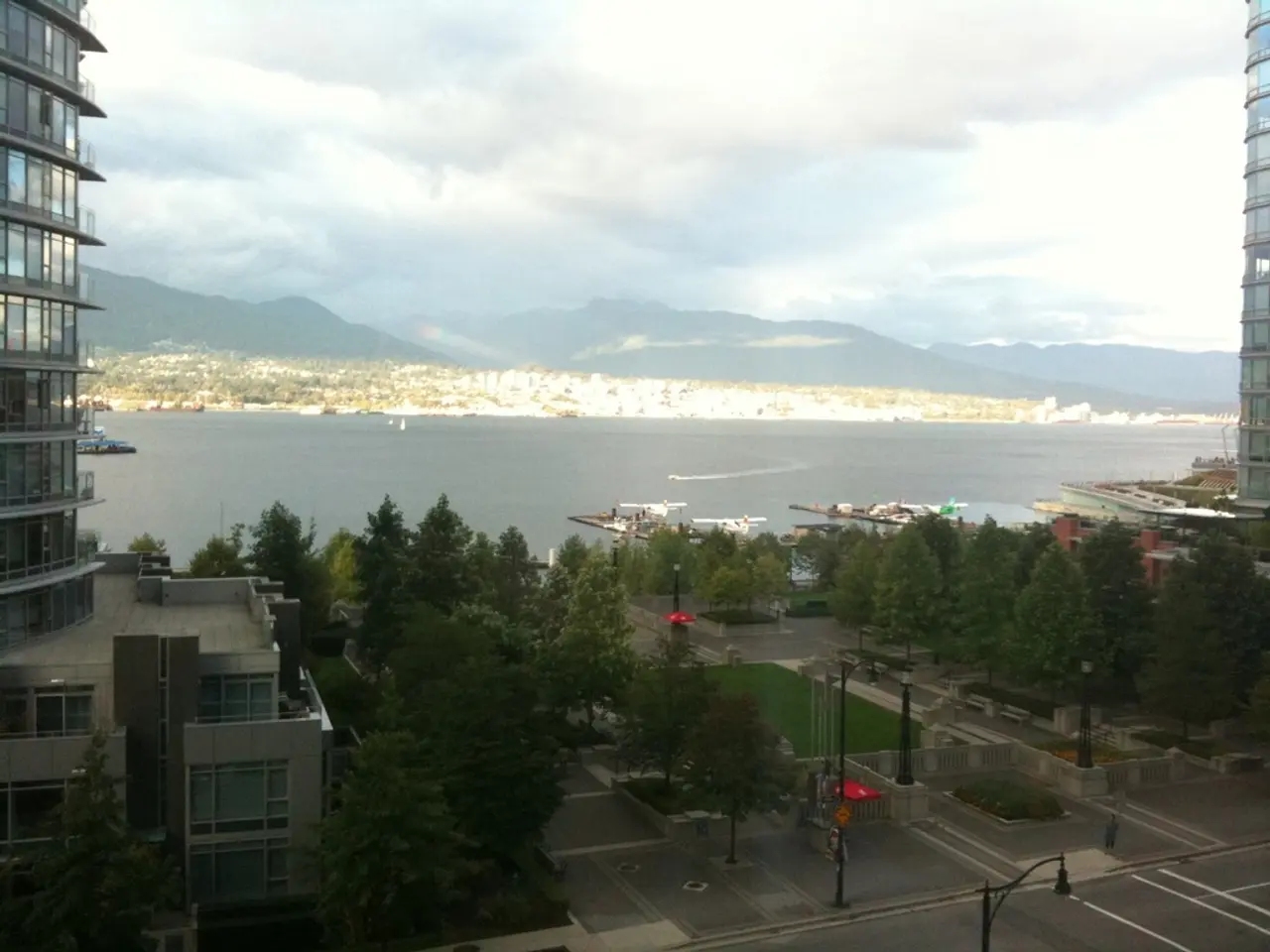Arctic polar vortex departs from North Pole, according to scientists, due to significant disturbance.
The Arctic polar vortex, a circle of strong, cold winds that forms over the North Pole every winter, has moved off its usual position and is heading towards Europe. This unusual migration is causing concern as it could lead to colder-than-average temperatures in parts of Europe and the eastern U.S. over the coming week.
The polar vortex's winds, located in the stratosphere, a layer of the atmosphere that extends between around 6 and 31 miles above Earth's surface, typically blow from west to east in winter and from east to west in spring. However, this year, the winds switched direction on March 9, moving in the opposite direction.
This early shift in the polar vortex's direction is associated with increased chances of winter-like conditions in the affected regions. When the polar vortex weakens or collapses, it disrupts the jet stream, allowing cold Arctic air to spill southward into Europe and the eastern U.S. This can result in colder-than-normal temperatures and potentially more snow or cold outbreaks during the affected season.
The early polar vortex disruption is also associated with a pattern called Greenland blocking—high pressure over Greenland—which can cause colder temperatures in Northern Europe and parts of Northern Asia. This pressure pattern slows the west-to-east flow of weather systems, often resulting in prolonged cold spells.
The weakened polar vortex leads to a weaker and more wavy jet stream. This allows cold air outbreaks to penetrate southwards more easily, causing more extreme swings between warm and cold conditions across the Northern Hemisphere mid-latitudes, including Europe and the eastern U.S.
Despite the early disturbance, current observations suggest that spring temperatures remain mostly above average, with episodic cooler weather in affected areas. The most significant impacts might come later in the season or the following winter.
The latest forecasts predict increased chances of below-average temperatures for the next week in the eastern U.S. The migration of the polar vortex was not mentioned in the context of any other polar vortex, such as the one over Antarctica.
Occasional "sudden stratospheric warming" events can disrupt the polar vortex, causing spikes in temperature and potentially reversing its direction. This year's reversal of the polar vortex's direction occurred unusually early, according to a blog post by the National Oceanic and Atmospheric Administration (NOAA).
In its dissipated state, the polar vortex is expected to "enter hibernation" over Northern Europe. However, the polar vortex is not expected to regain its wintertime strength, with NOAA's latest forecasts suggesting that it is unlikely to return to its usual position over the North Pole.
These events are triggered by large-scale atmospheric waves called Rossby waves. Rossby waves can "break" on top of the polar vortex, weakening it and potentially reversing its direction in extreme cases.
While such changes do not guarantee a colder season everywhere, they do raise the odds of notable cold episodes and winter-like conditions linked to the polar vortex dynamics. It is advised to stay updated on local weather forecasts and prepare for potential cold spells in the coming weeks.
The unusual migration of the polar vortex could be linked to increased chances of environmental-science-related events, such as colder-than-average temperatures due to climate-change phenomena in affected regions. This disruption in the polar vortex's direction, which can lead to a weaker and more wavy jet stream, might result in more extreme swings in weather conditions, including colder periods in the near future, as suggested by the latest forecasts.






